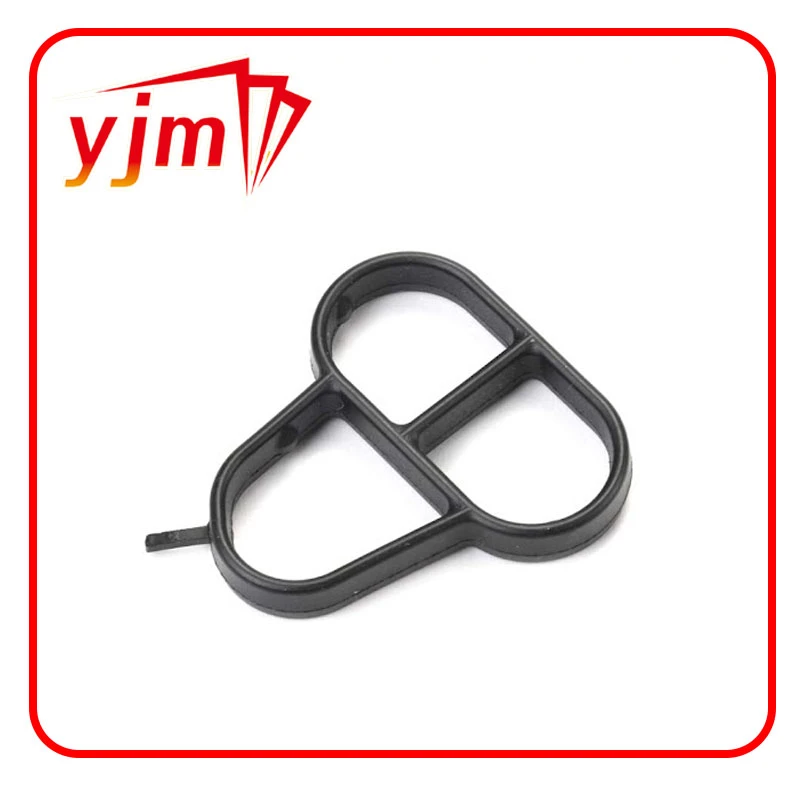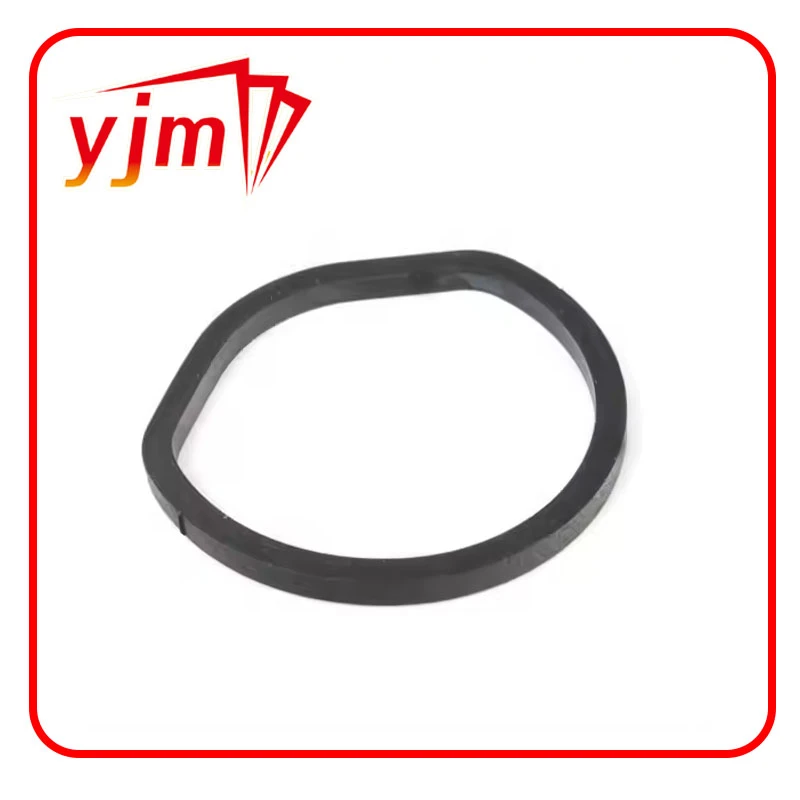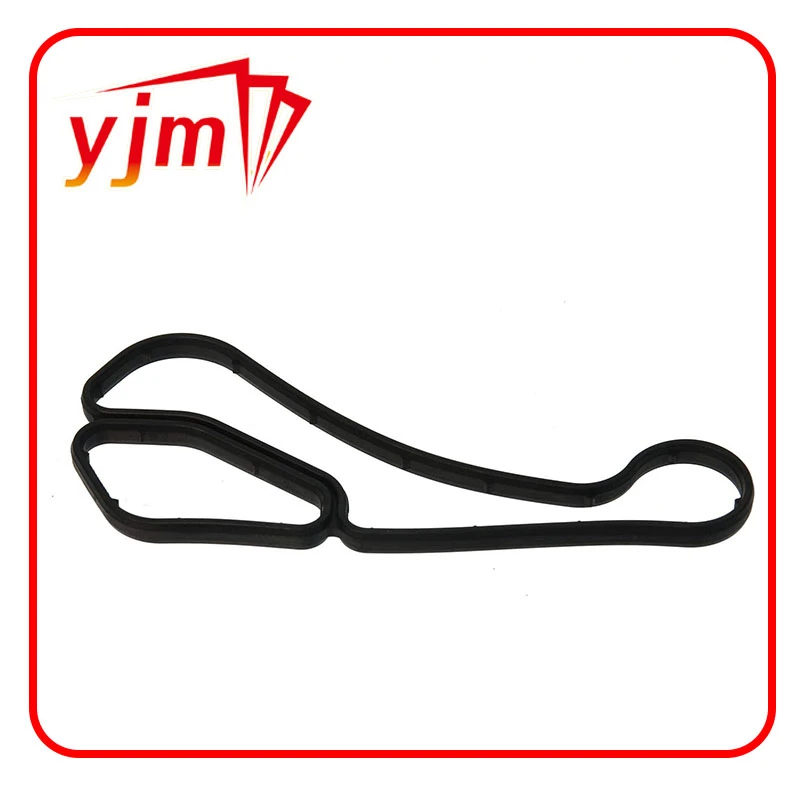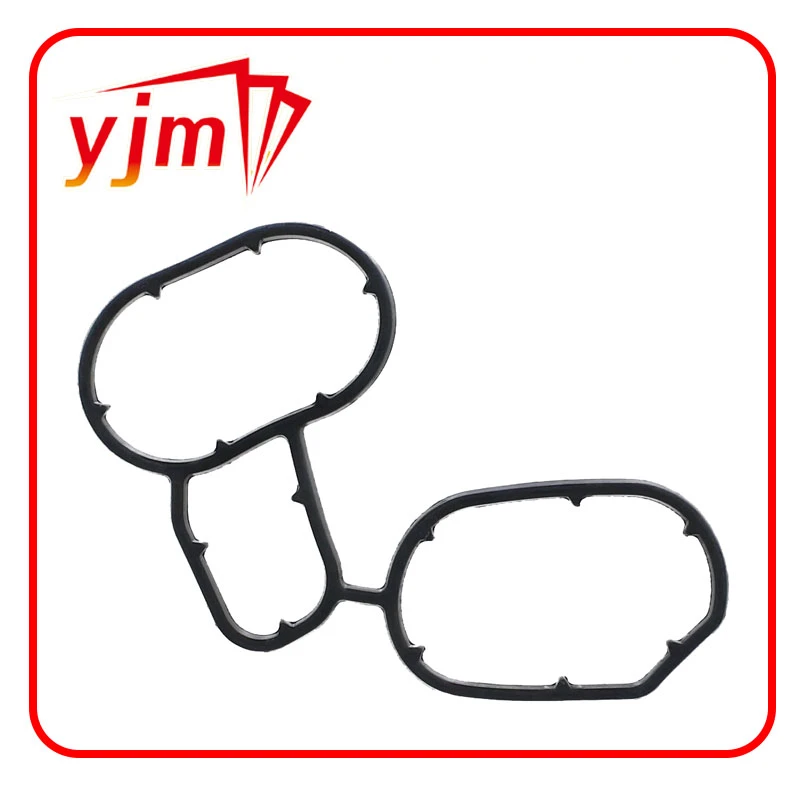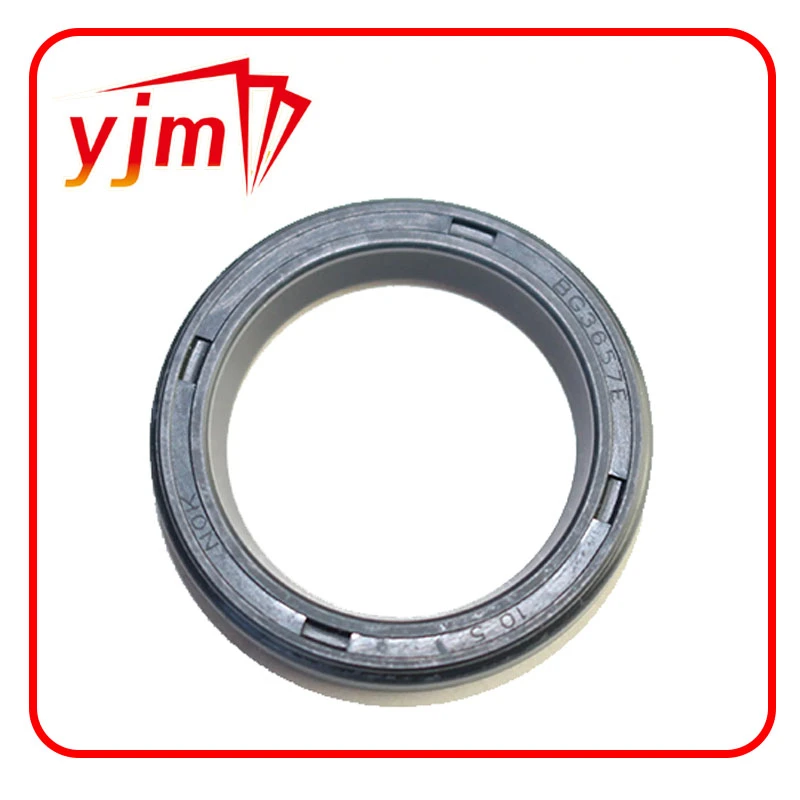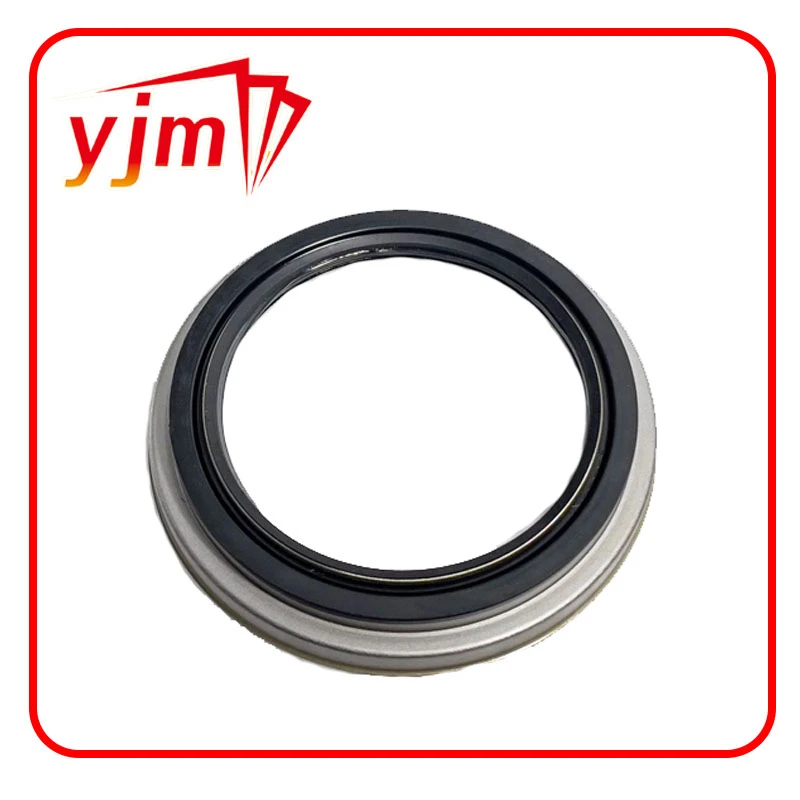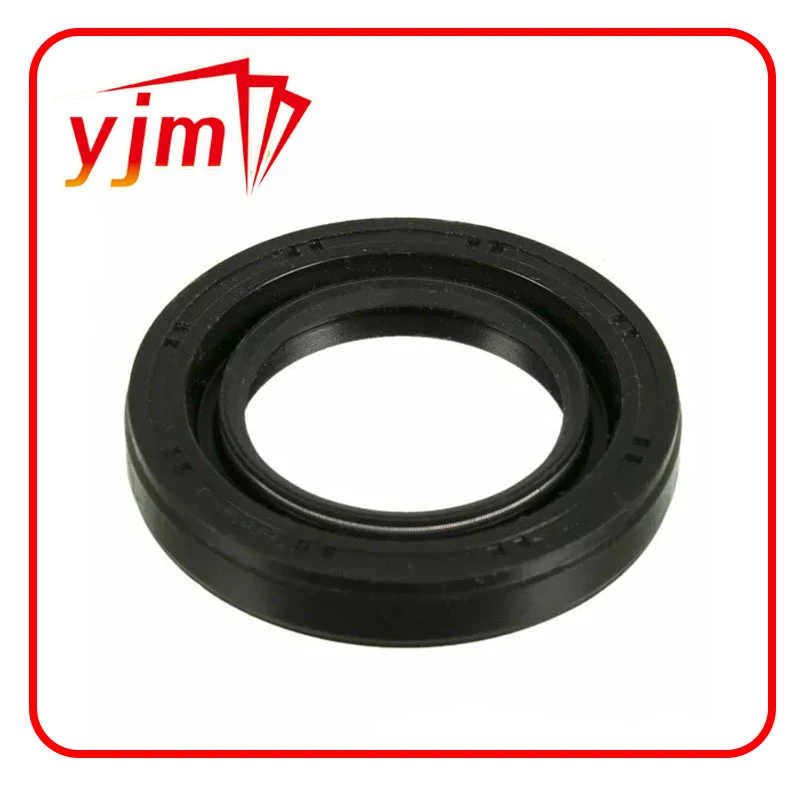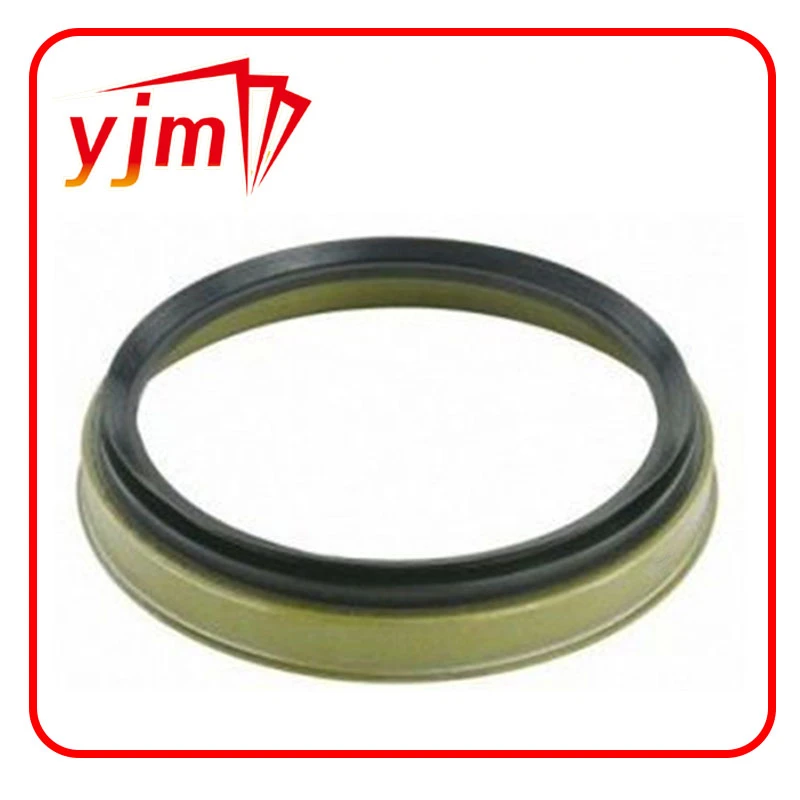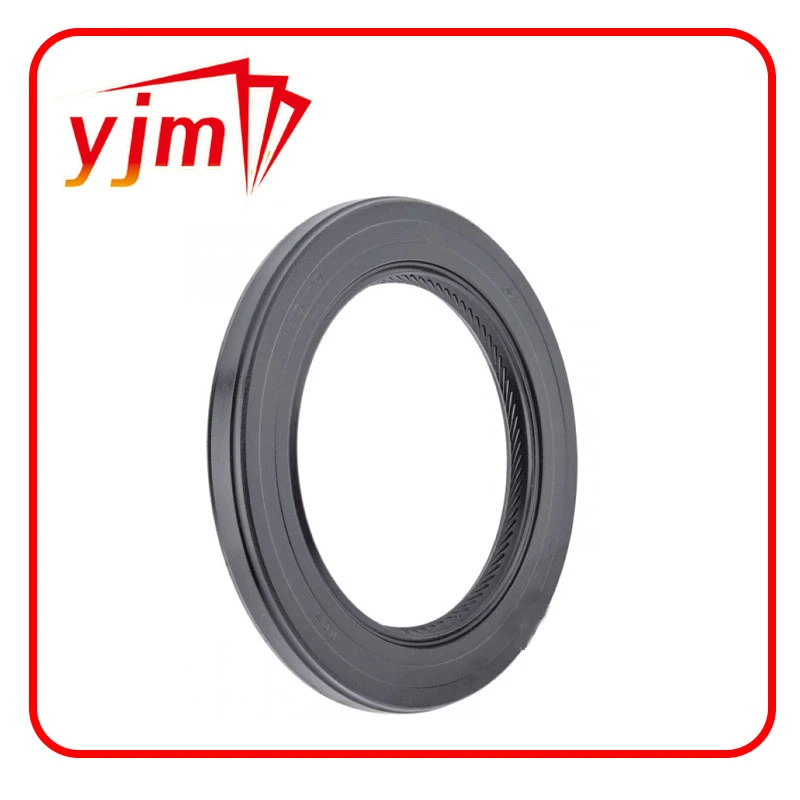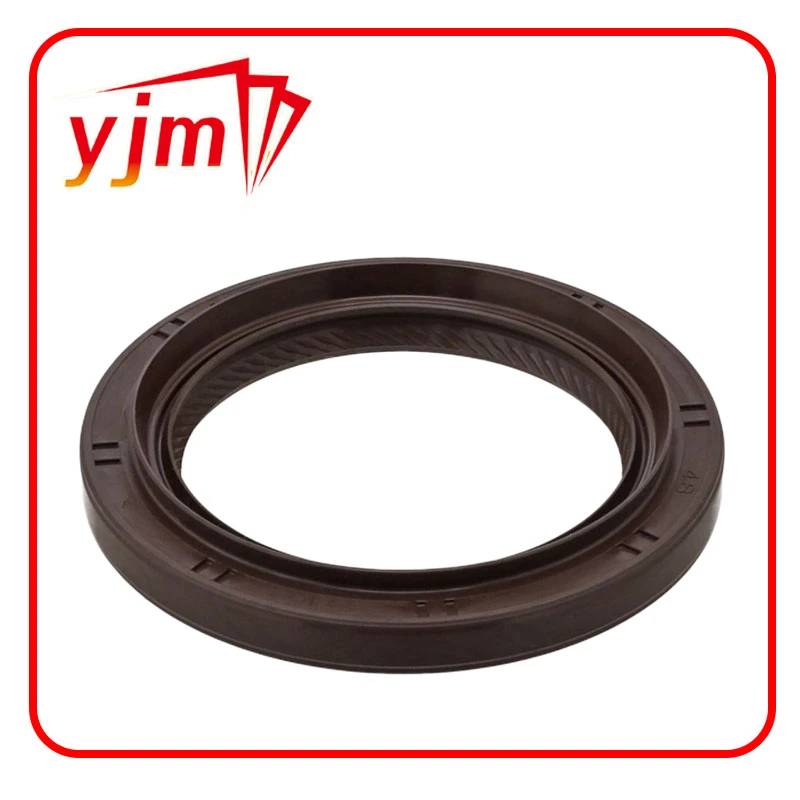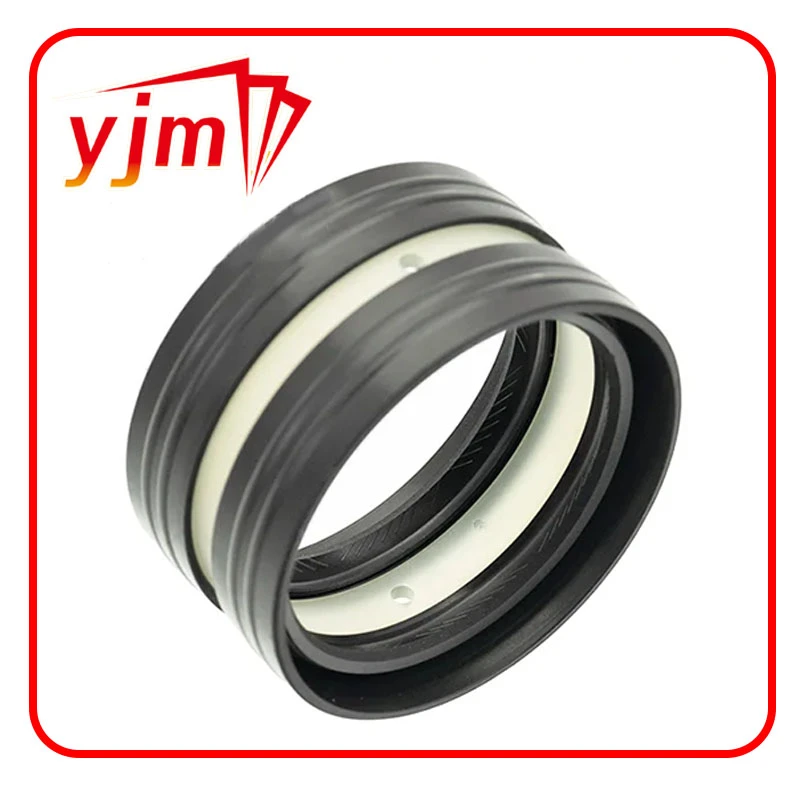Rear End Yoke Seal Maintenance and Replacement Tips for Optimal Performance
Understanding the Rear End Yoke Seal Functions, Importance, and Maintenance
The rear end yoke seal is a crucial yet often overlooked component in the drivetrain of vehicles, especially in rear-wheel-drive systems. This seal plays a vital role in maintaining the integrity and efficiency of the rear differential, which is responsible for transferring power from the driveshaft to the rear wheels. Understanding the function and maintenance of the rear end yoke seal is essential for any vehicle owner looking to ensure the longevity and performance of their vehicle.
What is a Rear End Yoke Seal?
The rear end yoke seal, also known simply as the yoke seal, is a rubber or synthetic sealing component that is located at the interface where the driveshaft connects to the rear differential. The yoke is a part of the driveshaft that allows it to pivot and angle as the vehicle moves. The primary purpose of the yoke seal is to prevent the leakage of differential fluid, which is crucial for lubricating the gears and ensuring smooth operation under various driving conditions.
Functions of the Rear End Yoke Seal
1. Fluid Containment The most important function of the rear end yoke seal is to prevent differential fluid from leaking out. This fluid lubricates the internal components of the differential, such as gears and bearings, reducing wear and tear, and ensuring the efficient transfer of power to the wheels.
2. Protection Against Contaminants In addition to keeping the fluid in, the yoke seal also helps keep contaminants out. Dust, dirt, and water can easily enter the differential housing, leading to potential damage. The yoke seal acts as a barrier, ensuring that these harmful substances do not compromise the internal components.
3. Vibration Dampening The yoke seal assists in dampening vibrations that can occur during vehicle operation. By providing a snug fit around the driveshaft, it helps reduce noise and vibrations that can impact the overall driving experience.
Importance of the Rear End Yoke Seal
rear end yoke seal
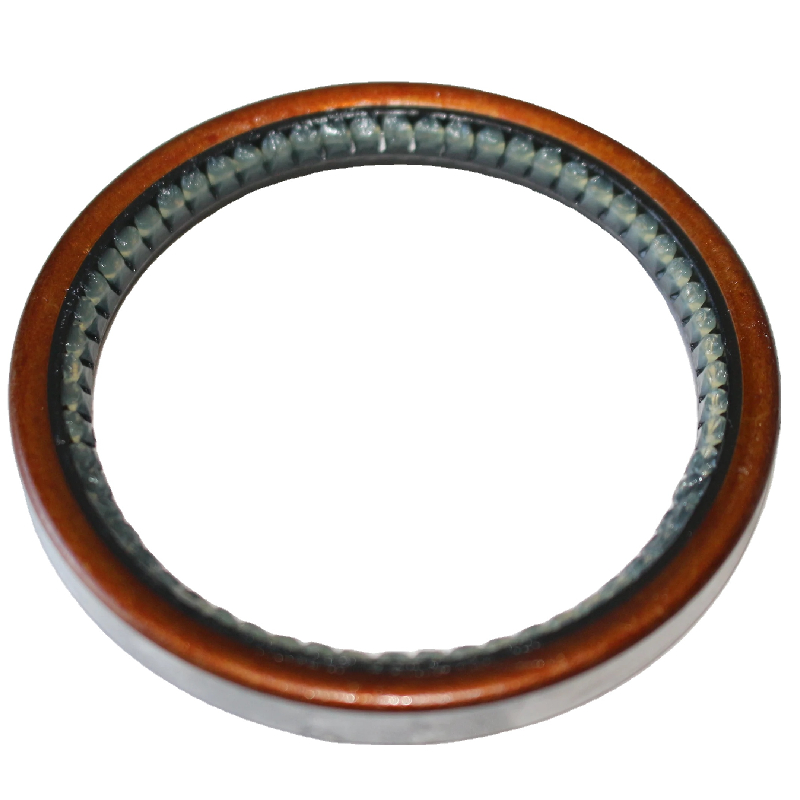
A functioning rear end yoke seal is crucial for the overall health of the vehicle’s drivetrain. If the seal fails, it can lead to differential fluid leaks, which not only depletes the lubricant necessary for optimal performance but can also lead to serious damage to the differential itself. Low fluid levels can cause overheating, increased friction, and eventual failure of the differential components, resulting in costly repairs and potential safety hazards.
Maintenance Tips
Maintaining the rear end yoke seal is relatively straightforward, but it requires regular inspection. Here are a few tips for vehicle owners
1. Regular Inspections Periodically check for signs of leaking fluid around the rear end of the drivetrain. If you notice any fluid pooling or streaks, it may indicate a failing yoke seal.
2. Fluid Levels Regularly check the differential fluid levels. If they are consistently low, this could be a sign that the yoke seal is compromised and fluid is leaking out.
3. Professional Servicing If your vehicle has a high mileage or if you frequently drive under harsh conditions, consider having a professional mechanic inspect the yoke seal and the differential as part of routine maintenance.
4. Prompt Repairs If a leak is identified or if you suspect a failing seal, it is crucial to address the issue immediately. Replacing a yoke seal is significantly less costly than repairing a damaged differential.
Conclusion
The rear end yoke seal serves as a vital component in the efficient operation of a vehicle’s drivetrain. Understanding its functions and maintaining its integrity can significantly enhance performance and extend the life of the differential. By being proactive in maintenance and inspections, vehicle owners can prevent costly repairs and ensure a safer driving experience.
-
Your Essential Guide to Car Repair Kits: From Rust to Dings
News Jun.13,2025
-
Understanding Vital Engine Seals: Key Gaskets in Diesel and Performance Engines
News Jun.13,2025
-
The Vital Role of Bearings in Marine and Boating Applications
News Jun.13,2025
-
Sealing the System: A Complete Guide to Engine Oil Gaskets
News Jun.13,2025
-
Sealing the Foundation: A Complete Guide to Engine and Transmission Pan Gaskets
News Jun.13,2025
-
Essential Bearings and Hubs for Marine Vessels and Trailers
News Jun.13,2025
-
Your Complete Guide to Automotive Oil Drain Plugs and Valves
News Jun.12,2025
Products categories

